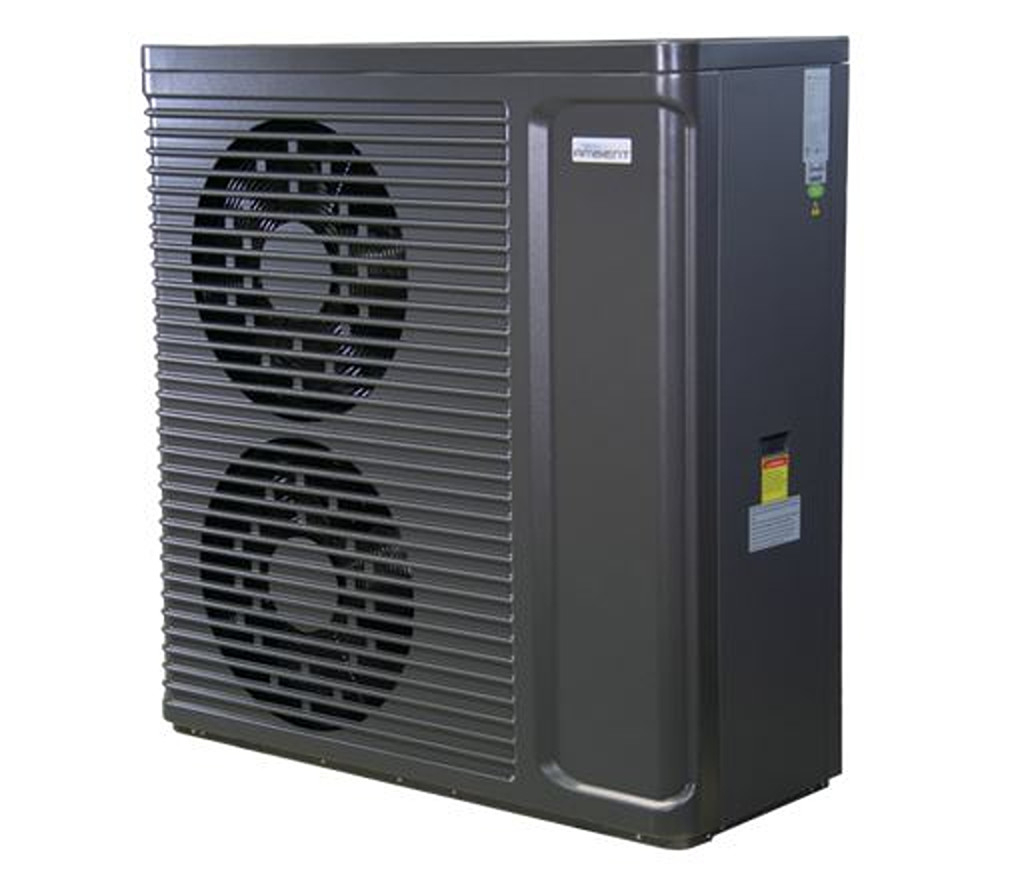US-based residential and commercial heating products manufacturer U.S. Boiler has launched a monobloc air-to-water heat pump for applications in residential buildings.
The manufacturer stated the new hydronic system is suitable for either new buildings or retrofits and said it can also be used as a stand-alone heat source or in dual-fuel applications. It has a 5-ton capacity rated at 60 thousand British thermal units (BTUs) per hour (MBH)
The Air-to-Water Hydronic Heat Pump reportedly features a coefficient of performance of up to 3.95 and is able to achieve supply temperatures of up to 60 C. It uses difluoromethane (R32) as the refrigerant, which has a global warming potential (GWP) of 675.
The system consists of a monobloc heat pump, a touchscreen controller, a buffer tank, a circulator, a flat plate heat exchanger, a pressure relief valve, a drain valve, relays, and a dual fuel controller.
The new product also relies on DC inverter enhanced vapor injection (EVI) technology that purportedly enables homeowners to have “reliable” heating at low temperatures down to -10 C. EVI is a technology used on our cold climate heat pumps to achieve higher performance at lower temperatures and to reduce the discharge temperature.
Popular content
The manufacturer also describes the heat pump as “extremely quiet,” with operating sound levels as low as 39 decibels.
“The new system is available as a stand-alone unit, or as part of two different packages, depending on whether the heat pump will be the only source of hydronic heat in the home or in tandem with a boiler,” it also said.
This content is protected by copyright and may not be reused. If you want to cooperate with us and would like to reuse some of our content, please contact: editors@pv-magazine.com.



Converting a 1837 2500 sf farm home from hydonic cast iron radiators to radiant floor heating. Also incorporating central air conditioning in the process.
Have looked at several manufacturers that can offer optimal output at a reasonable cost. I certainly am looking forward to receiving information and learning more about this new boiler pump system. Thank you.
T.Gagliardi.
As an owner of an old hydronic radiator distribution system, I’m excited to see this development. But I wonder why manufacturers are still using R32 and haven’t switched to CO2 (GWP of 1) as the refrigerant? Given the amount of supposed refrigerant leakage, wouldn’t this significantly lower the lifetime climate impact of these systems?